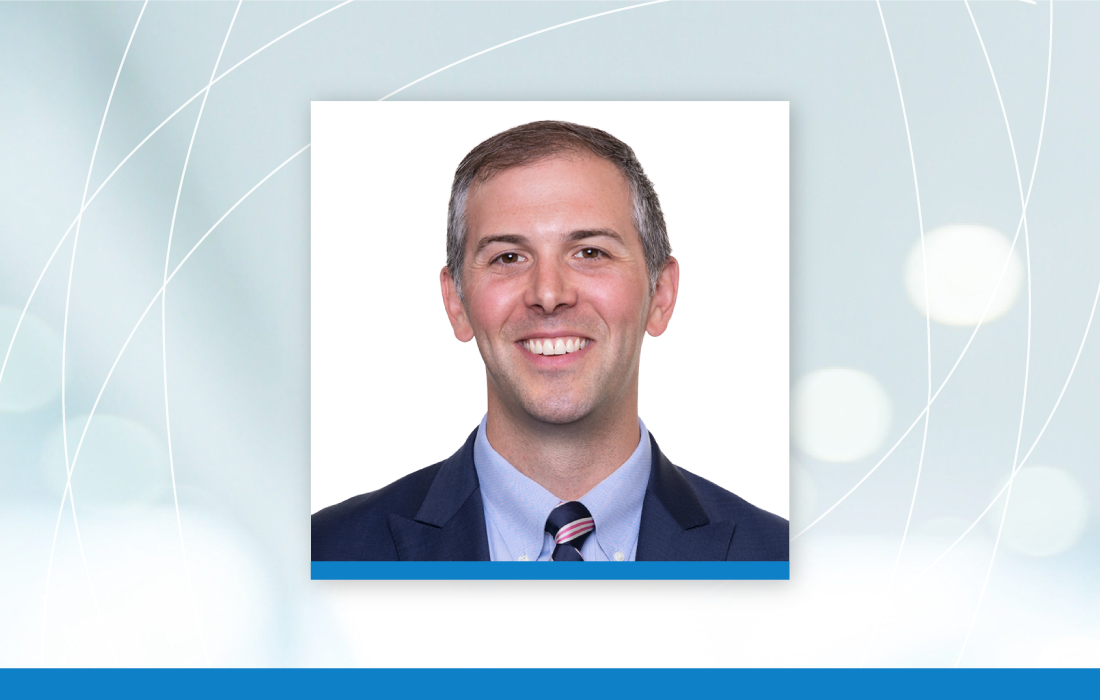What is a reverse total shoulder replacement?
Reverse total shoulder replacement—also known as reverse total shoulder arthroplasty—is a procedure that switches the positions of the shoulder joint’s ball and socket. This means that that the top of the humerus (upper arm bone) is fitted with a plastic cup and the glenoid (shoulder socket) is affixed with a metal ball to fit into the cup.
Reverse total shoulder replacement is different from traditional shoulder replacement surgery, which only replaces the surfaces of the ball and socket with similar prosthetic surfaces.
What conditions qualify for a reverse total shoulder replacement?
Reverse total shoulder replacement is an ideal option for patients with arthritis in the shoulder that is coupled with a large rotator cuff tear (cuff tear arthropathy) because different muscles are used to move the arm following the procedure.
Normally, the rotator cuff holds the joint in a normal position, keeping the ball of the joint centered so the deltoid muscle can move the arm efficiently. However, if the rotator cuff is severely damaged, fixing the ball and socket with a traditional shoulder replacement won’t restore motion to the shoulder because the joint is not stabilized by the rotator cuff. Reverse total shoulder replacement creates a stable joint without the rotator cuff, which allows the deltoid muscle to move the arm.
Reverse total shoulder replacement is also designed to treat severe proximal humerus fractures, which are common in older patients. A proximal humerus fracture is a break in the humerus within the shoulder joint and is usually the result of trauma, such as a fall or collision.
Additional conditions that may require reverse shoulder replacement can include:
- A complete tear in the rotator cuff that cannot be fixed in an older patient
- A prior unsuccessful shoulder replacement
- Chronic shoulder dislocation
- A tumor within the shoulder joint Other complex fractures of the shoulder joint
How is reverse shoulder replacement performed?
During the procedure, the surgeon will create an incision in the front of the shoulder to access the ball and socket. After all of the damaged bone is removed, a metal ball is affixed with screws into the socket and a metal stem with a plastic cup is placed in the humerus.
What is recovery like following reverse total shoulder replacement?
After the procedure, pain medications are prescribed —such as local anesthetics, nonsteroidal anti-inflammatory drugs (NSAIDs) or opioids—to alleviate pain. The majority of patients are able to get out of bed the day after and return home. A sling will remain on for four weeks, and most patients will be able to fully groom, dress and feed themselves within a few weeks of the procedure. Prior to the four-week mark, it will be difficult to fully lift the affected arm, so patients should arrange things in their home before undergoing surgery to ensure everything necessary is within reach.
Physical therapy (PT) will likely be recommended to improve flexibility and strength, but some gentle range of motion exercises may also be suggested for patients to do at home. PT is typically discontinued after four to five months.
For more information about reverse total shoulder replacement or to schedule an appointment with one of shoulder specialists, contact us today.




